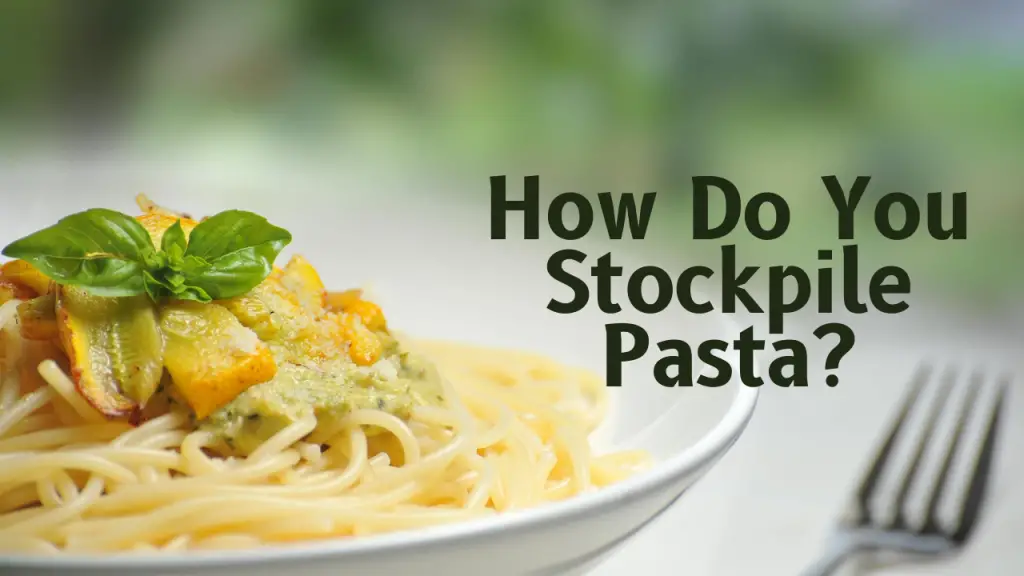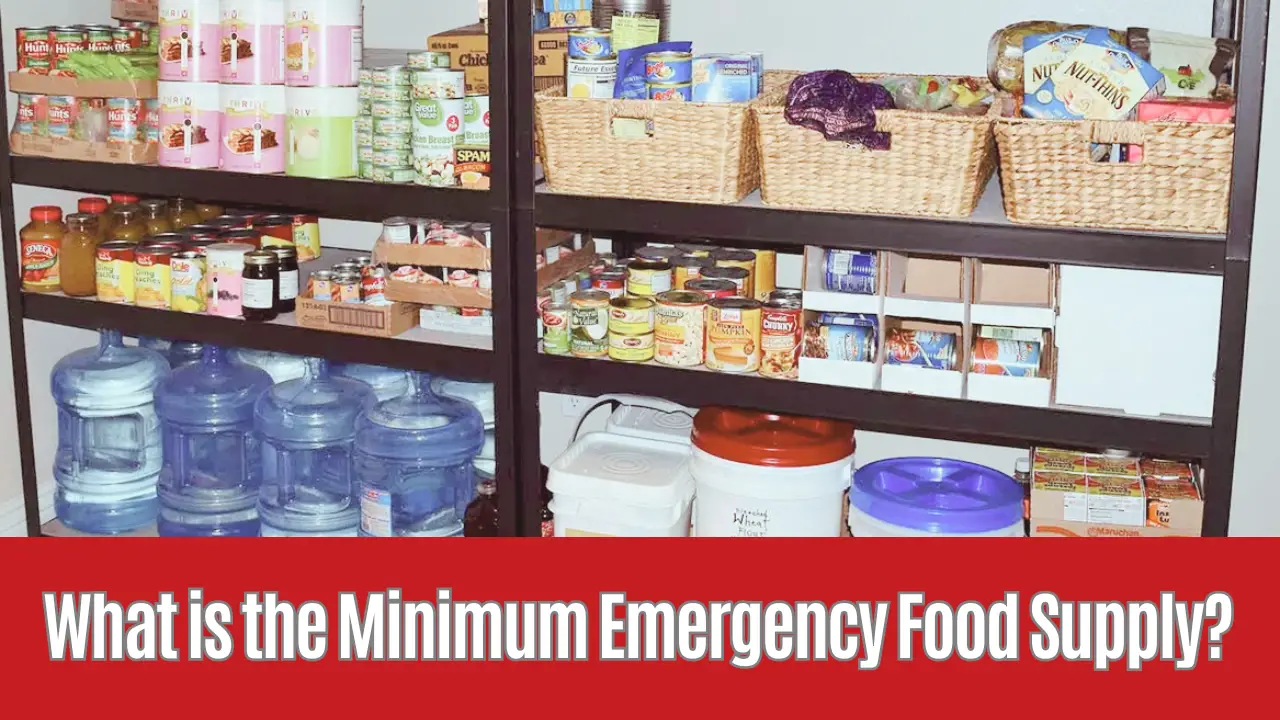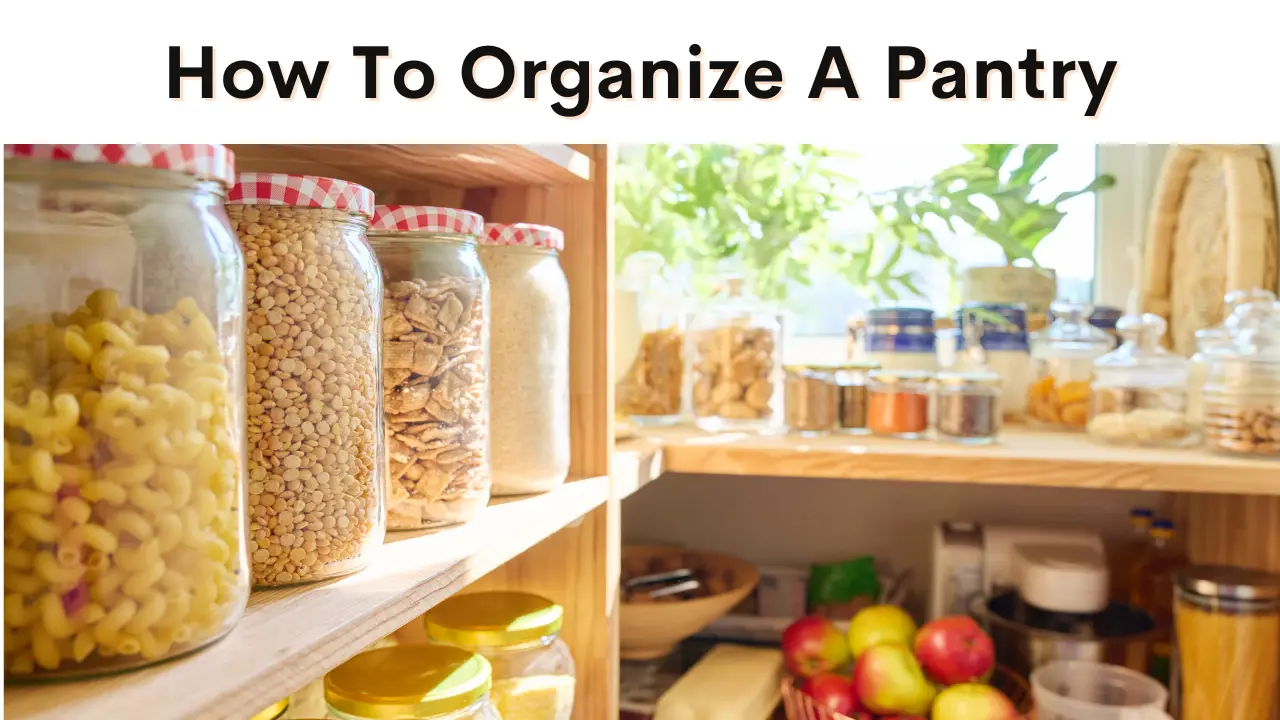Are you wondering how to stockpile pasta effectively? Look no further, because we’ve got you covered!
In this article, we will guide you through the process of building your pasta stockpile, ensuring that you have enough to last you through any situation. From assessing your pasta needs and preferences to finding the best storage methods, we will provide you with all the tips and tricks you need to know.
So, get ready to become a pasta stockpiling pro!
How do you stockpile pasta? To stockpile pasta, purchase extra quantities during grocery shopping, focusing on long-shelf-life varieties. Store the pasta in a cool, dry place away from direct sunlight to maintain freshness. Rotate stock regularly to use older supplies first and ensure a continuous supply.
Firstly, it’s essential to assess your pasta needs and preferences. Consider how often you and your family consume pasta, as well as the different types of pasta you enjoy. Are you a fan of macaroni and cheese, or do you prefer spaghetti? This will help you determine how much pasta you should stockpile and what types to focus on.
Once you have a clear understanding of your preferences, it’s time to choose the right types of pasta to stockpile. Whether it’s long and thin spaghetti or versatile penne, make sure to stock up on your favorites. Remember, variety is key, so consider including different shapes and sizes to keep your meals interesting.
With these initial steps in mind, let’s delve deeper into the art of pasta stockpiling!
Assess Your Pasta Needs and Preferences
Consider the mouthwatering pasta dishes you crave and envision the satisfaction of having an abundant supply of your favorite noodles at your fingertips. When it comes to stockpiling pasta, the first step is to assess your pasta needs and preferences.
Consider the number of people in your household and how often you typically eat pasta. This will help you determine how much pasta you should aim to stockpile.
In addition to quantity, it’s important to think about the nutritional value of the pasta you choose. Look for whole wheat or whole grain options, as they offer more fiber and nutrients than refined pasta.
Another aspect to consider is exploring different cooking methods. Do you prefer long, thin pasta like spaghetti or linguine? Or do you lean towards short, shaped pasta like penne or rotini? Different shapes and textures can lend themselves to various dishes, so having a variety on hand can add versatility to your meals.
By assessing your pasta needs and preferences, you can ensure that your stockpile is tailored to your tastes and cooking habits.
Choose the Right Types of Pasta to Stockpile
Opt for a variety of pasta shapes to ensure a well-rounded and versatile stockpile. Having different types of pasta on hand allows you to explore the versatility of pasta dishes and enjoy a range of flavors and textures.
Here are some reasons why cooking with different types of pasta can enhance your meals:
- Texture: Different pasta shapes have different textures, ranging from smooth and silky to rough and ridged. This can make a significant difference in the overall eating experience and how the pasta holds the sauce. For example, penne pasta with its ridges can hold onto chunky sauces, while spaghetti allows for a more delicate and slurp-worthy experience.
- Sauce pairing: Certain pasta shapes are better suited for specific sauces. For instance, long and thin pasta like linguine or fettuccine pairs well with creamy or oil-based sauces, while short pasta shapes like fusilli or farfalle are perfect for capturing chunky sauces or dressings.
- Presentation: Using a variety of pasta shapes can make your dishes visually appealing. Different shapes add interest and variety to your plate, making it more enticing and appetizing.
By stocking up on various pasta shapes, you can enjoy the endless possibilities of pasta dishes and elevate your cooking game. So, next time you’re at the grocery store, grab a mix of spaghetti, penne, farfalle, and whatever catches your eye, and get ready to create delicious and visually stunning meals.
Determine the Ideal Quantity to Stockpile
Consider how much pasta you’ll need to ensure you never have to worry about running out during uncertain times. To calculate your pasta consumption, start by determining how often you and your family eat pasta. Take into account factors such as the number of people in your household, their appetites, and how frequently you cook pasta dishes.
Once you have a rough estimate of how much pasta you consume in a week or a month, you can multiply that by the number of weeks or months you want to stockpile for. This will give you an idea of the ideal quantity to stockpile. Remember to also factor in any special occasions or guests you may have during that time.
When it comes to storing pasta long-term, it’s important to keep it in a cool, dry place. Find airtight containers or resealable bags to prevent moisture and pests from getting in. If you have a large quantity of pasta, consider dividing it into smaller portions for easier access and organization. Additionally, labeling the containers with the date of purchase can help you keep track of the freshness of your stockpile.
By calculating your pasta consumption and storing it properly, you can ensure that you always have enough pasta on hand to enjoy comforting meals, even during uncertain times.
Find the Best Storage Methods for Pasta
To ensure your pasta remains fresh and pest-free, it’s essential to store it in airtight containers or resealable bags in a cool, dry place. Pasta storage containers specifically designed for this purpose are widely available and can be a great investment. These containers are usually made of durable materials like plastic or glass and have airtight seals to prevent moisture and pests from getting in.
Alternatively, you can also use resealable bags, which are convenient and practical for storing different types of pasta. Just make sure to squeeze out as much air as possible before sealing them to minimize the risk of moisture and insects.
When it comes to long-term pasta storage techniques, there are a few options to consider. One method is vacuum sealing, which removes all the air from the packaging, extending the shelf life of the pasta. This technique is especially useful if you plan to store pasta for an extended time.
Another option is to freeze the pasta. Cooked pasta can be frozen in airtight containers or resealable bags, while uncooked pasta can be frozen directly in its original packaging. Freezing pasta allows you to keep it for several months without compromising its quality.
Lastly, if you have limited storage space, you can opt for stacking individual portions of pasta in airtight containers or resealable bags. This way, you can easily grab a portion whenever you need it, without defrosting or using excessive amounts of pasta at once.

Rotate and Use Your Pasta Stockpile
Make sure to regularly rotate and use your stash of pasta to ensure freshness and avoid waste. Pasta is a versatile ingredient that can be used in a variety of dishes, so get creative with your recipes to make the most out of your stockpile. Here are a few ideas to inspire you:
- Pasta salads: Mix cooked pasta with your favorite vegetables, proteins, and dressings to create refreshing and filling salads. You can use a variety of pasta shapes and experiment with different flavor combinations to keep things interesting.
- One-pot pasta dishes: Save time and effort by cooking your pasta and sauce together in one pot. This not only simplifies the cooking process but also infuses the pasta with extra flavor. Try making a creamy fettuccine Alfredo or a hearty spaghetti Bolognese using this method.
- Baked pasta casseroles: Layer cooked pasta with cheese, sauce, and other ingredients in a baking dish, then bake until bubbly and golden. This is a great way to use up leftover pasta and create a satisfying meal that can be enjoyed by the whole family.
- Stir-fries and skillet meals: Incorporate cooked pasta into stir-fries or skillet meals for a quick and easy dinner option. The pasta adds substance and texture to these dishes, and you can customize them with your favorite vegetables, proteins, and sauces.
In addition to getting creative with your recipes, it’s important to know how to properly cook and store pasta for long-term use. Make sure to follow these tips:
- Cook pasta al dente: When cooking pasta that will be stored for later use, it’s best to slightly undercook it to maintain its texture. This prevents the pasta from becoming mushy when reheated.
- Store in airtight containers: Transfer cooked pasta to airtight containers or resealable bags to keep it fresh for longer periods. Label the containers with the date to easily track the freshness.
- Freeze for extended storage: If you want to store pasta for an extended period, consider freezing it. Portion the pasta into freezer-safe bags or containers and remove as much air as possible before sealing. Frozen pasta can last for several months.
- Properly thaw and reheat: When ready to use frozen pasta, thaw it overnight in the refrigerator before reheating. To reheat, simply add the pasta to boiling water for a few minutes or warm it in the microwave with a splash of water.
By rotating your pasta stockpile and using it creatively in various recipes, you can ensure freshness and avoid waste. Follow these tips for proper cooking and storage to make the most out of your pasta stash.
Conclusion
In conclusion, how do you stockpile pasta? Stocking up on pasta can be a smart and practical decision, especially during uncertain times. By assessing your pasta needs and preferences, you can ensure that you have a variety of pasta types that you and your family enjoy.
It’s important to choose the right types of pasta to stockpile, considering factors such as cooking time and versatility. Determining the ideal quantity to stockpile is crucial to avoid waste and ensure that you have enough pasta for an extended period.
Finding the best storage methods, such as using airtight containers or vacuum-sealed bags, will help maintain the freshness and quality of your pasta. Lastly, remember to rotate and use your pasta stockpile regularly to prevent it from going bad.
By following these steps, you can confidently stockpile pasta and be prepared for any situation that may arise.










